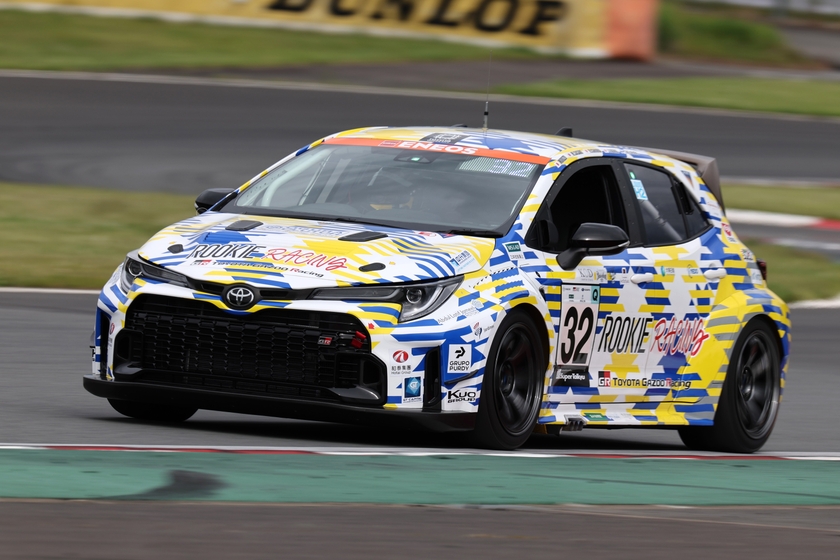
C3S: July 22 hottest day in recent history
July 22 was the hottest day on earth in recent history, according to the Copernicus ...

GR Corolla H2 is the world’s first car to race using liquid hydrogen fuel, marking a major step forward after using hydrogen gas in 2021.
The GR Corolla H2, entered by Toyota and running on liquid hydrogen, went all out at the 2023 Fuji 24 Hours of Super Taikyu ENEOS Series, which took place from May 27-28. It was the first time in the world that a vehicle raced with liquid hydrogen fuel.
Liquid hydrogen also makes pit stops faster and more efficient, as refueling can be done in the pits, like gasoline-powered vehicles. By using liquid hydrogen as fuel, equipment that was previously necessary to produce compressed gaseous hydrogen, such as compressors and pre-coolers for cooling hydrogen are no longer needed. As a result, the required station installation area can be a quarter the size of that for gaseous hydrogen stations, and fuel can be refilled in the pit area in the same way as for gasoline-powered vehicles. In addition, since there is no longer the need to pressurize when filling, multiple vehicles can be filled in succession.
“We have also succeeded in reducing the vehicle weight by over 50 kg over the past two months, leading to it exceeding the lap times of the hydrogen engine-equipped Corolla when it first competed in May 2021 using gaseous hydrogen fuel,” the company said in a statement.
“We have continued development and made improvements with agility through our motorsports activities with the support of our many partners in taking on this challenge, and this has made it possible for us to enter the Fuji 24 Hours Race,” added the statement.
The vehicle’s fuel supply system has been changed to a liquid hydrogen system in conjunction with the change from gaseous to liquid hydrogen. However, the engine itself is the same engine as when the vehicle was running on gaseous hydrogen.
Since the energy density per volume is increased by changing the fuel to liquid hydrogen, the cruising range has doubled with the same filling time as before, approximately 1.5 minutes*2. We will strive to further improve engine performance, cruising range, and filling time throughout the year.
However, liquid hydrogen must be kept at temperatures lower than -253℃ during filling and storage. This poses unique challenges in areas such as developing fuel pump technology that can function in a low-temperature environment, preventing hydrogen from naturally evaporating from the tanks, and establishing regulations for vehicle-mounted hydrogen tanks. Toyota will continue to work on overcoming these challenges with the cooperation of its partners in the areas of producing, transporting, and using hydrogen.
Both gaseous and liquid hydrogen have unique advantages and challenges, with gaseous hydrogen having the advantage of having a simpler system configuration. Toyota will continue to focus on developing both gaseous and liquid hydrogen to increase fuel supply options and make the most of their unique characteristics.
July 22 was the hottest day on earth in recent history, according to the Copernicus ...
Google has engaged in partnership with DHL to utilize the DHL Express GoGreen Plus service ...
Mars has announced registering a record 8% greenhouse gas (GHG) emissions reduction against its 2015 ...


اترك تعليقا